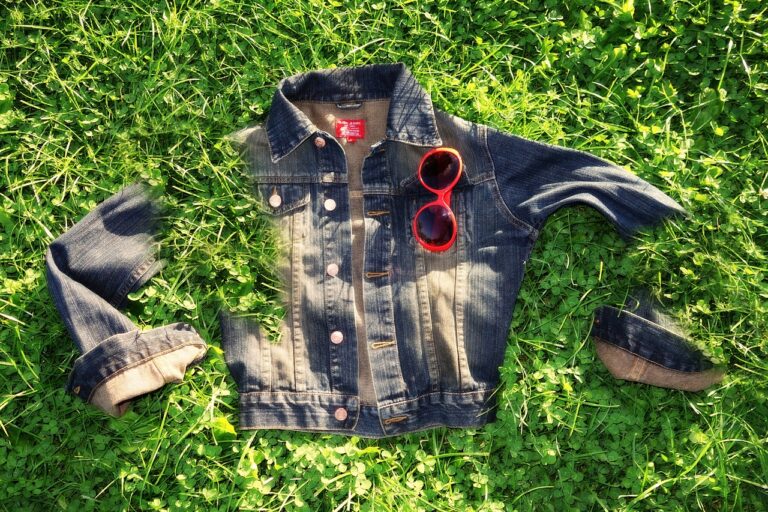Fashion and Artificial Intelligence: Predictive Analytics in Design: Bet bhai.com, Cricket99 bet login, Diamondexch9.com
bet bhai.com, cricket99 bet login, diamondexch9.com: Fashion and artificial intelligence have merged in recent years to revolutionize the design process. Predictive analytics, which involves using data to forecast future trends, has become a game-changer in the fashion industry. By harnessing the power of AI, designers can now make more informed decisions, create trendsetting designs, and better understand consumer preferences.
AI-driven predictive analytics in fashion design involves analyzing vast amounts of data, such as social media trends, customer behavior, sales figures, and even weather patterns. By examining this data, designers can identify patterns, anticipate future trends, and tailor their designs to meet consumer demands. This data-driven approach allows designers to stay ahead of the curve, creating collections that resonate with their target audience.
Here are some ways in which predictive analytics is transforming the fashion industry:
1. Trend Forecasting: AI-powered algorithms can analyze past trends and consumer behavior to predict future fashion trends accurately. By leveraging this data, designers can create collections that are not only fashionable but also in line with current consumer preferences.
2. Design Optimization: Predictive analytics can help designers optimize their designs based on consumer feedback, sales data, and market trends. By analyzing this data, designers can make informed decisions about color palettes, silhouettes, and fabric choices.
3. Inventory Management: AI can also help designers manage their inventory more effectively by predicting which styles will be in high demand. By optimizing inventory levels, designers can reduce waste and increase profitability.
4. Personalized Shopping Experiences: Predictive analytics can be used to personalize the shopping experience for consumers. By analyzing past purchases and browsing behavior, AI can recommend products that align with each customer’s unique preferences.
5. Sustainable Fashion: AI can help designers create more sustainable fashion by analyzing data on materials, manufacturing processes, and supply chains. By making informed decisions about sustainability, designers can reduce their environmental impact.
6. Virtual Try-On: AI-powered virtual try-on technology allows customers to see how clothing will look on them before making a purchase. This feature enhances the online shopping experience and reduces returns.
In conclusion, predictive analytics powered by artificial intelligence is revolutionizing the fashion industry. By leveraging data-driven insights, designers can create trendsetting collections, optimize their designs, personalize shopping experiences, and reduce environmental impact. The future of fashion design is data-driven, and AI is leading the way.
FAQs
1. How does predictive analytics benefit fashion designers?
Predictive analytics helps fashion designers make informed decisions, create trendsetting designs, and understand consumer preferences.
2. How can AI optimize inventory management in the fashion industry?
AI can predict which styles will be in high demand, helping designers manage their inventory more effectively and reduce waste.
3. What is virtual try-on technology, and how does it benefit consumers?
Virtual try-on technology allows consumers to see how clothing will look on them before making a purchase, enhancing the online shopping experience and reducing returns.







